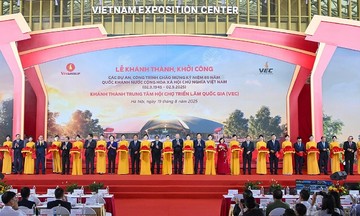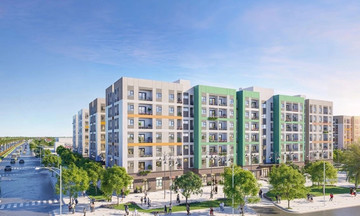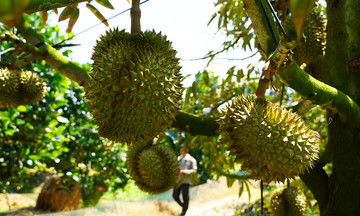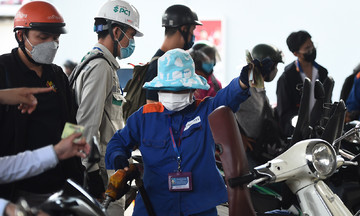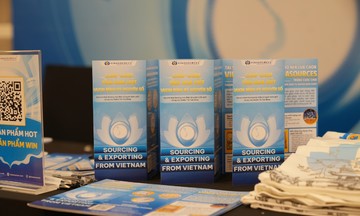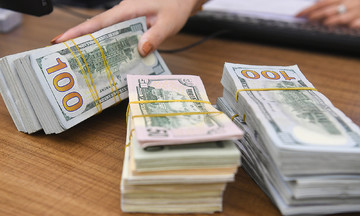This information was revealed by Le Duc Thinh, Director General of the Department of Cooperative Economy and Rural Development, Ministry of Agriculture and Rural Development, at the Agriculture Forum 2025 on the afternoon of 16/7.
According to Thinh, Vietnam produces over 156 million tons of agricultural byproducts each year, including rice straw, husk, sugarcane bagasse, coffee husk, and livestock waste. However, the recycling and reuse rate is only at 10%, at most reaching 35% in some sectors. The unrecycled byproducts are released into the environment, causing pollution.
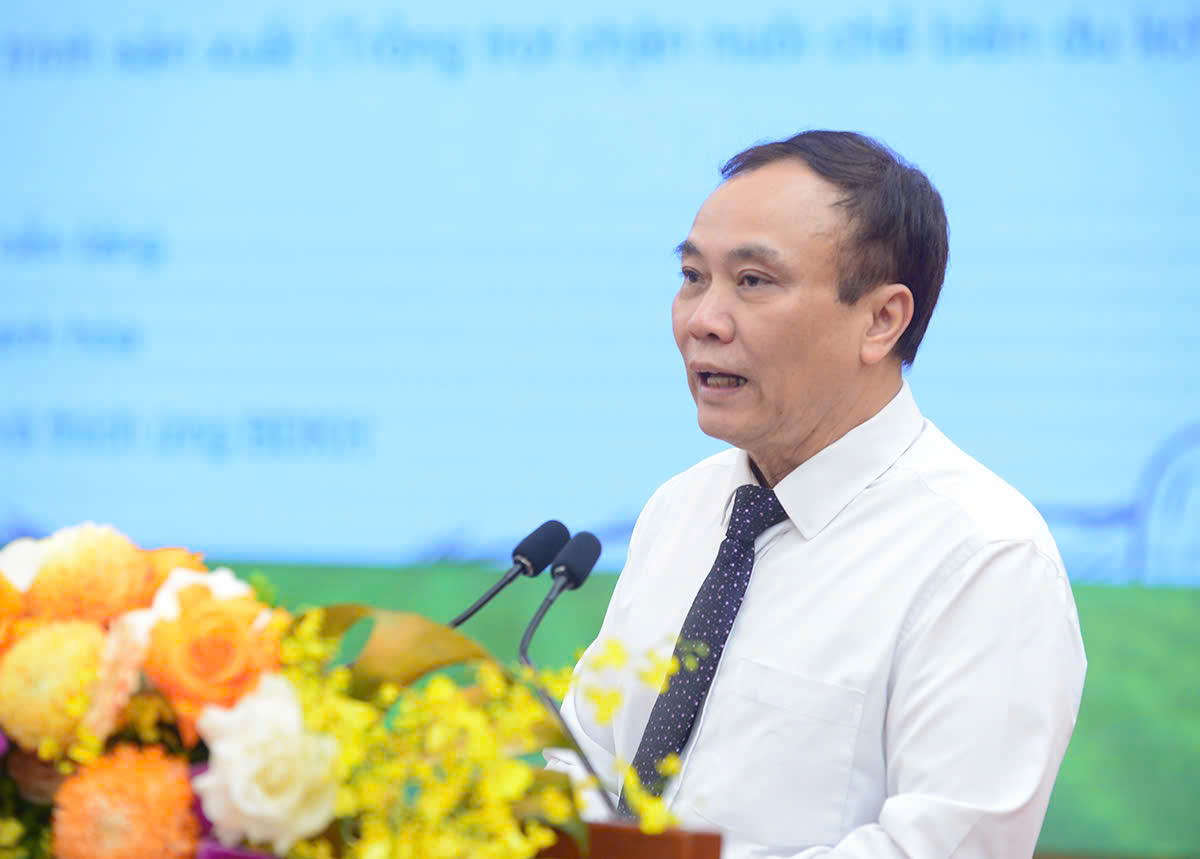 |
Le Duc Thinh, Director General of the Department of Cooperative Economy and Rural Development, at the event. Photo: DDDN |
Le Duc Thinh, Director General of the Department of Cooperative Economy and Rural Development, at the event. Photo: DDDN
Agriculture is the second largest emitter of CO2e, after energy. According to the 2022 updated Nationally Determined Contributions (NDC), Vietnam's agriculture sector emits over 104 million tons of CO2e, accounting for about 18% of the country's total greenhouse gas emissions.
These byproducts have considerable potential value. Tran Manh Bao, Chairman of ThaiBinh Seed, explained that rice straw can be used as animal feed, compost, or biomass pellets. Husk can be used to produce activated carbon, insulation materials, or pellet fertilizer. Rice water and wastewater from processing can be treated to create nutrients for fish farming and microorganisms for clean agriculture. Even rice bran can be used as a raw material for cosmetics.
Vietnam aims to increase the recycling and reuse rate of agricultural byproducts to 70% by 2030, focusing on key production areas such as rice, coffee, and livestock.
Many businesses are already implementing circular economy initiatives. ThaiBinh Seed uses husk as fuel for its processing plant, bran for animal feed, and straw for mushroom production and organic fertilizer. Bao added that some Vietnamese businesses have successfully exported rice straw to South Korea.
Small and medium-sized enterprises are also involved. For example, Lemit Foods utilizes ripe jackfruit peel to produce organic fertilizer through worm farming, minimizing agricultural waste. They also develop jackfruit seed powder as a sustainable alternative to cocoa powder.
Despite numerous circular agriculture initiatives, the Director General noted that their application remains fragmented and hasn't formed a widespread trend, a large market, or a product value chain for the circular economy.
Large-scale projects, such as the one-million-hectare low-emission rice project, which includes a component for straw treatment, face data limitations. For instance, participating businesses lack data on the actual amount of husk and straw collected per hectare. Addressing this limitation is crucial for developing a circular agriculture model, reducing emissions, and contributing to the country's goal of achieving Net Zero emissions by 2050. Broadly speaking, the circular model needs to be based on science, technology, and digital transformation combined with green practices, moving beyond the traditional "Garden - Pond - Cage" farming model.
Thinh also proposed a separate circular strategy for the agriculture sector, rather than combining it with industry, renewable energy, and construction materials. He emphasized the need for establishing procedures and standards for certifying circular agriculture products to enhance consumer recognition and increase product value, thereby encouraging businesses to participate.
The Chairman of ThaiBinh Seed suggested a mechanism for transferring techniques to businesses and cooperatives for collecting, processing, and recycling byproducts from rice production. He also advocated for prioritizing research and development of short-term rice varieties resistant to extreme weather, with lower emissions and the potential for byproduct valorization.
Thuy Truong



